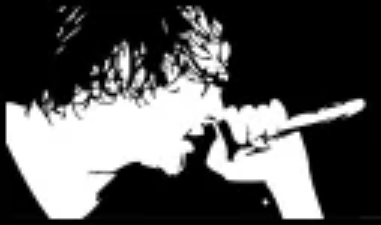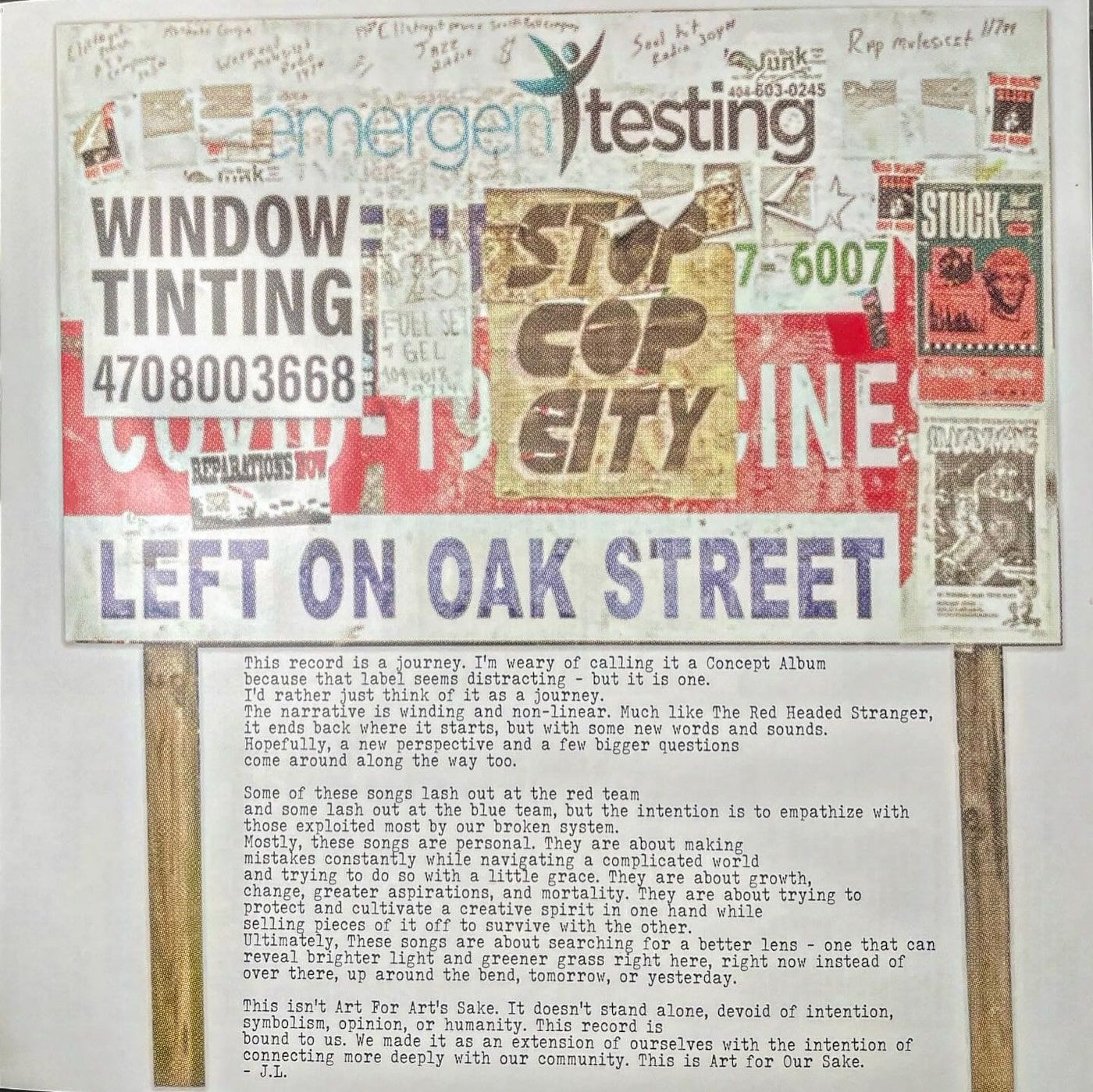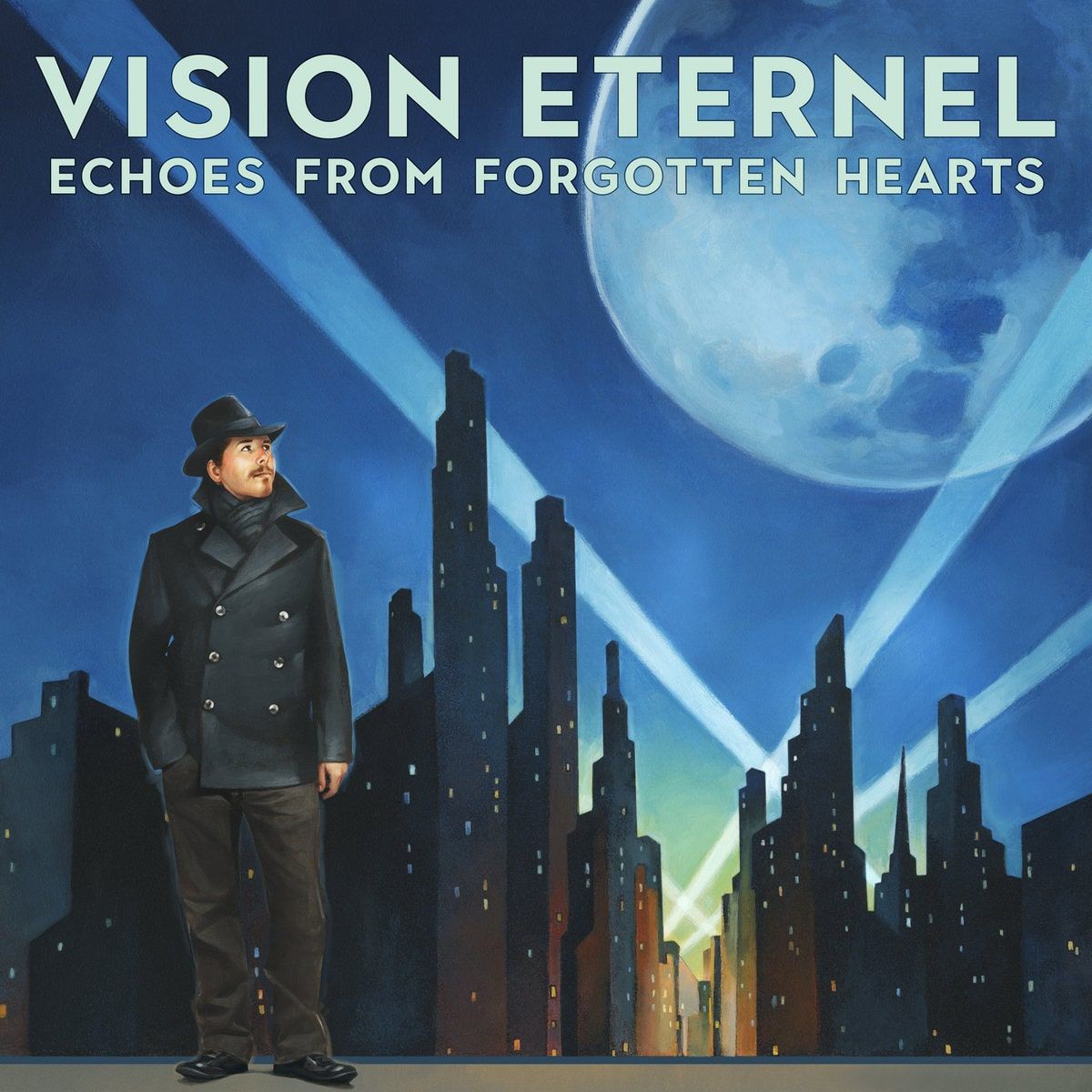The title of this album, a playful nod to the French maxim ‘l’art pour l’art,’ defies the notion that art thrives in a vacuum, devoid of human touch and narrative. Lazzari, doubling as Reconciler’s vocalist and visual artist, argues otherwise, firmly placing art as a vessel for dialogue, a mirror to life’s vibrancy, and a beacon for human connection.
Reconciler, hailing from Atlanta, GA, has been a name familiar to the punk scene since their inception in 2016, bridging Southeastern grit with East Bay energy. The band’s journey, marked by the critical success of their debut LP and the tribulations of navigating a global pandemic, has been anything but linear.
Now, steeped in introspection and an unwavering quest for growth, “Art For Our Sake” (Smartpunk Records), stands as a testament to their artistic evolution. “We’ve found a firm footing and really locked into our collective voice on this LP,” shares the band.
Within the walls of the Penland School of Craft, Lazzari finds solace and inspiration among fellow artisans, his musings on the craft taking a reflective, almost transcendental tone. “Art comes from an urgent need to ask questions and search for explanations,” he muses, his words slicing through the complacency often found in the world outside. Reconciler’s music, especially with tracks like “Never Fade Away” and “Shots in The Dark,” is a firm proof to this belief, exploring dynamics and challenging their own artistic boundaries.
Lazzari’s hand-painted album artwork, inspired by a Hold Steady song, speaks volumes of his dual commitment to both aural and visual mediums. “I’m trying to sing in brighter reds, greens, and blues. I’m trying to paint a better bridge and I’m trying to draw a stronger chorus,” he confesses. This intertwining of disciplines is not a shortcut to relevance but a hard-earned liberation, a multifaceted expression of their collective ethos.
Lazzari’s residency-induced revelations culminate in this offering, a gift for those navigating the oft-murky waters of the human condition.
For those yearning to delve deeper into the artist’s own eloquent narrative, we present below the unabridged commentary shared with us by Joseph Lazzari, a mosaic of thought as rich and vivid as the artistry of Reconciler itself.
Words by Joseph Lazzari:
“I’m writing this from a secluded little mountaintop in rural North Carolina while attending an Artist Residency at Penland School of Craft. I’ve been working away all day, every day alongside some of the most talented and inspiring people that you could ever expect to meet and I’ve been thinking… A lot.
About art and my path in this life. About how far I’ve come, how much further I have to go, and how much time I have left to get there.
Heavy shit.”
“But I have this new energy from being here on this mountain with all these wildly talented artists who are pouring their hearts into life and beautiful work around the clock. It’s an energy that’s bright and good and, I’ll be honest, it’s actively restoring my faith in humanity. So I guess I’m in the mood to take it from the top… I’ve been completely enamored with art and music for as long as I can remember. Like most rural working-class folks, I didn’t have an early exposure to museums or galleries, so I think visual art came to me first in the form of album covers. I have this fuzzy early memory where I’m sitting in front of my parents’ little stereo console, staring into the cover of the Woodstock Soundtrack album while Richie Havens sang “FREEDOM!” over and over again and I felt absolutely electrified.
When Green Day released Dookie at the cusp of my adolescence, I was blown away. I wanted to play in a band that sounded like Green Day, I wanted to dye my hair blue, and I wanted to be able to draw just like Richie Bucher. I spent countless hours trying to recreate elements from that album cover and those liner notes, occasionally even tracing them to stave off disappointment at my freehanded failings.
I ordered Skeleton’s From the Closet by the Grateful Dead from Columbia House, a scam company that had a death grip on my mom’s credit card, because I heard some cool kids talking about “The Dead” at school a lot. The cover art featured a smoking skeleton brandishing its middle finger and I was ready for this horror show to explode my mind and melt my stereo. Sugar Magnolia politely entered my room. What the fuck was this shit?? The art led me astray and I couldn’t give Jerry Garcia a fair shake to this day if I tried.
Hot Water Music came into my life in about ’98 and it happened again. In the same way that Richie Bucher’s succinct, but manic images sucked you into the East Bay that Green Day was singing about, Scott Sinclair’s art was a portal into HWM. Sinc’s paintings were layered, heavily worked and deeply complex – full of brilliant distortions that were the perfect primer for Hot Water’s attack. They were tough as nails, but sensitive, thoughtful, and complex. This pairing shook my foundations and reframed my understanding of what art and music could accomplish, especially outside the traditional systems that exist for both mediums. And yeah, I bit Sinc’s style for a while too.”
“In recent years, I’ve looked to Rick Froberg’s unscalable mountain of creative output as a beacon to navigate toward and assemble a blueprint from. To keep forging my own language that’s equal parts sonic and visual and to know that such a thing has value because Rick proved it. I’ve thought a lot about what I would say to him about all this if I ever got the chance. I’m gutted I’ll never be able to now and I honestly don’t know who to look up to anymore. Rest Easy Rick.
Now I’m an artist and I make my own band’s art. Sometimes I feel like it’s buying my way onto the team or that it’s somehow cheating in a way that I can’t really describe, but ultimately wearing multiple hats in Reconciler has been liberating. I feel like the more my art and music become entwined, the better I get at both. Reconciler just made a new record and it’s the best one I’ve ever been a part of and it has the best painting I’ve ever made on the cover. The painting is from an ongoing series that I titled after a Hold Steady song, in which I’m searching for some clarity in a world that feels like its Stuck Between Stations.”
“The new record is called Art for Our Sake.” – continues Joseph.
“The title is a twist on the French philosophical slogan “l’art pour l’art (Art for Art’s Sake)”, which seems to champion art without intent or purpose. I don’t want to wage a war here, but I don’t believe art can exist independently of the human condition.
Sing the happiest song you know on the saddest day of your life and see what you think. I believe that art is a direct reflection of life. I believe that art comes from an urgent need to ask questions and search for explanations.
I believe that art is pure heart and soul and it is the key to liberation. I want to be liberated and I want to help liberate others, so I make art.
I’m trying to shed some skin and keep growing. I’m trying to sing in brighter reds, greens, and blues. I’m trying to paint a better bridge and I’m trying to draw a stronger chorus. I’m trying to figure some shit out, so I’m coming at it from every angle. I don’t know if I’m getting to the bottom of it or just scraping the surface, so I try to keep questions at the ready just in case.
I’m trying to keep my chops sharp enough so I don’t have to think about playing my guitar when I’m playing it. I want to be available if we’re approaching transcendence. I want to keep trying to win no matter what the success rate is and I want to be able to see the beauty in all of it.”
“I hope you find some beauty in this record that Derron, Jay, and I made. Much love.” – he concluded.
In a follow up not, shared via socials earlier this week, Joseph Lazzari extends an invitation for dialogue and exploration of their latest work, “Art For Our Sake.”
He shared some interesting insights into the album’s elements and beckons fans to engage with inquiries. Emphasizing the interactive journey, Lazzari points to the liner notes, suggesting a particular image there as a starting point for this unfolding conversation.
He commented:
“This sign stands at the corner of Lee and Abernathy in the West End.”
“It went up in 2020 when the adjacent parking lot became one of the bigger drive through Covid testing sites in the area.
I started noticing it, shortly after I stopped frequenting the hardware store up the block for work and started occasionally getting tested there. It stood clean and ominous, in stark contrast to its surroundings offering only one simple comfort – if you’re here to get tested, head up to Oak St. to enter the queue
Time ticked by slow for a while and then it started to tick faster again. Covid changed, we changed, and we moved on. The giant white tent we drove under in the parking lot rolled up and left town like any other circus does.
That sturdy covid sign stayed though, and it became a community message board, slowly at first and then much faster. Moving on means grinding. Side hustles. Live shows and record releases. Betting on ourselves by owning and supporting small businesses.
It means that we acknowledge our rolls in a community and we don’t get to live happily ever after. We just overcome one tragedy and then work to overcome the next.
If art is intended to reflect life, then this sign is a social sculpture.
It’s ever-changing like our communities and our own minds and bodies.”
“Our new record is about shifting perspectives and trying to find the beauty in all of it. I’ve found beauty and inspiration in this sign over the past couple years so I felt compelled to include it in the album art. There’s good stuff out there if you wanna look for it. ”
Subscribe to our Newsletter for featured stories alerts and more:
Want to keep the beat going?
IDIOTEQ is a one-man DIY operation, tirelessly spotlighting the local cultural scenes and independent bands that often go unreported elsewhere. Born in the early 00s, this platform has been committed to giving hard-working artists the high-quality coverage they truly deserve.
No ads, no distractions—just pure inspiration and a genuine focus on independent artists and their stories.
Please consider helping keep IDIOTEQ ad-free and in tune with the indie scene by donating today.
DONATE via PayPal 𝗈𝗋 SUPPORT via Patreon
100% of the funds collected go toward maintaining and improving this magazine. Every contribution, however big or small, is super valuable.
Your support ensures that we continue to be a place where you can discover, learn, and get inspired, without any advertising noise. Thank you for being a part of this musical journey.



















